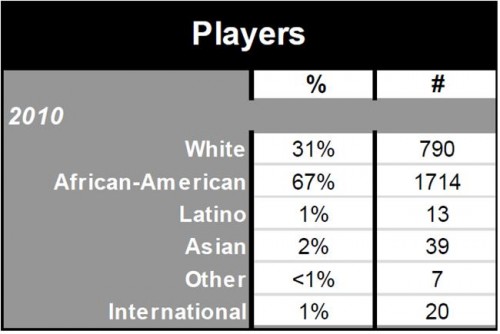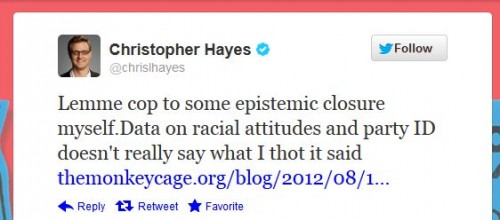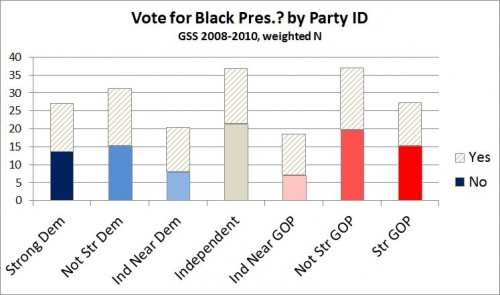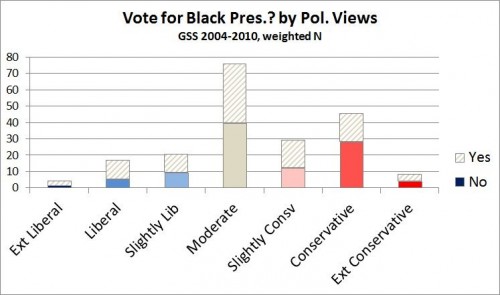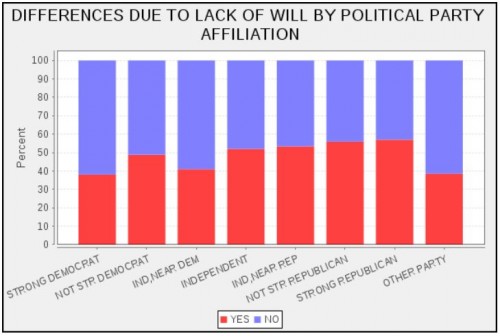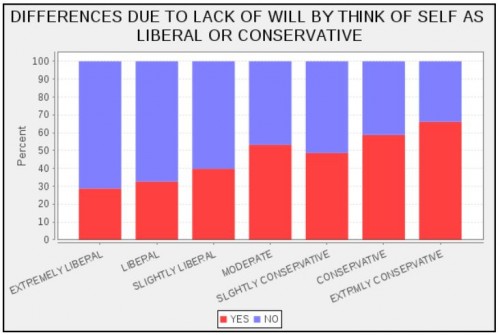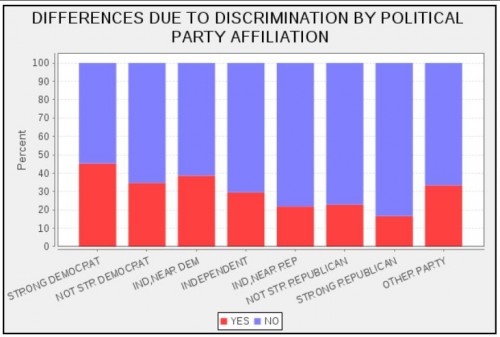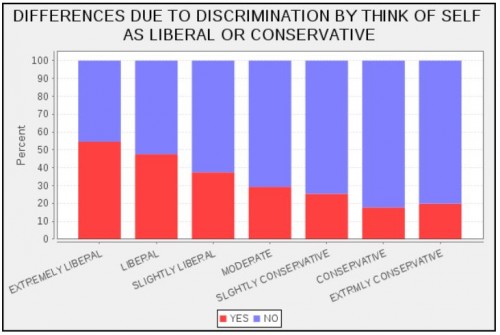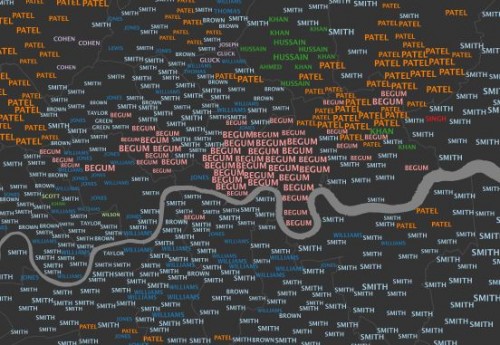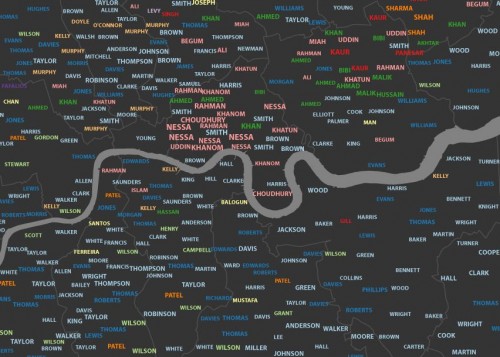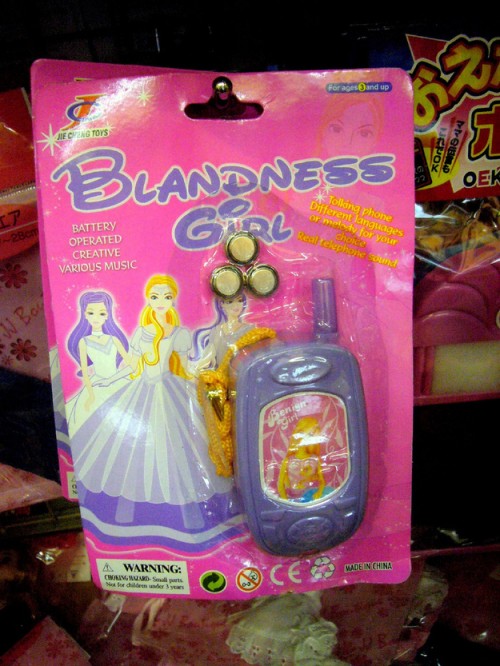Though laws varied, American slaves generally could not legally marry. They were the subject of contracts, legally barred from entering into contracts themselves. And while some enslavers encouraged their slaves to form romantic relationships because such relationships discouraged running away, slave families were always at risk of being torn apart at the whims of the “master.”
On this day in 1863, Abraham Lincoln signed the Emancipation Proclamation, an executive order that ended slavery for all people in territories that were under Union control. Two years later, the Thirteenth Amendment amended the constitution to prohibit slavery. The next year, two newly-freed now ex-slaves, Thomas and Jane Taylor, were married in Kentucky.
Text:
This day came before me Thomas Taylor and Jane, his wife, persons of color and servants of Christian County and declared that they have been and still aim to continue living together as husband and wife. Given under my hand this 27th day of July 1866.
G.W. Lawson, Clerk
Geo. C. Long, D.C.
Thomas and Jane are the great-great-great-grandparents of Tami, who blogs at What Tami Said. They had been together for many years before they were given the opportunity to marry and had two children. According to Dr. Tera Hunter at NPR, they were one of many newly-freed couples to marry in the years after the abolishment of slavery extended them the right. By 1900, she explains, marriage would be “nearly universal” among American blacks.
Lisa Wade, PhD is an Associate Professor at Tulane University. She is the author of American Hookup, a book about college sexual culture; a textbook about gender; and a forthcoming introductory text: Terrible Magnificent Sociology. You can follow her on Twitter and Instagram.






